“When did Mötley Crüe become classic rock?” ~ Bowling for Soup, 1985; from A Hangover You Don’t Deserve; 2004.
During junior high, my classmates and I often dreamed about the cars we wanted when we “grew up.” It filled many of our lunch time chats during the ’90s. Sloppy Joes, green beans, and chocolate milk were premium fuel as we tried, in earnest, to convince each other of the superiority of our favorite cars. The lunchroom table was evenly split in my rural Iowa community; Ford guys on this side, Chevy guys on that side, Dodge guys over there.
The New Greatest Hits
Fast forward 25 years and enter Hagerty Magazine’s Bull Market list for 2020, a crystal ball look at the top 10 classics expected to rise in value this year. The list, now in its third year, is curated by Hagerty’s valuation experts. The team uses data from the company’s Price Guide and Valuation Tools, along with auction data and incoming requests for insurance quotes. Fellow Gen Xers and older millennials will likely recognize the list as a “greatest hits” of sorts.
“The high school graduates of the late ‘90s are now in their late thirties, and like every generation before them, they are investing in the cars of their youth,” explained Larry Webster, Editor-and-Chief of Hagerty Magazine and author of the book Never Stop Driving. “It’s a reflection of the seismic shift in car collecting. The cars people were driving to high school in the 1990s, or wishing they were driving, are now on the minds of the Gen X and millennial generations.”
“As we reached the ‘80s and ‘90s, Japanese vehicles became respectable, pickup trucks became mainstream transportation, and SUVs became the modern station wagons,” said Richard Reina, Product Training Director at CARiD.com and our resident expert here at Automoblog on the classic car market. “It is simply impossible to ever say ‘that car will never be collectible.’ The market decides.”
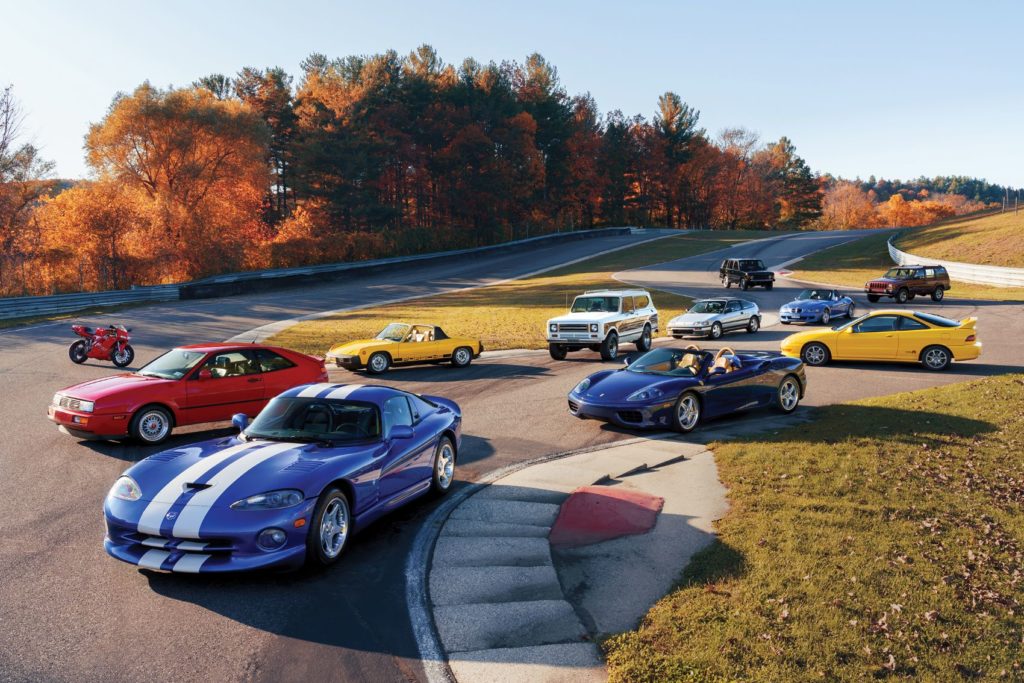
Hagerty Magazine’s 2020 Bull Market List
The list includes 11 vehicles and one Ducati motorcycle.
- 1996-2002 Dodge Viper GTS
- 1990-95 Volkswagen Corrado
- 1999-2005 Ferrari 360
- 1994-98 Ducati 916
- 1971-80 International Harvester Scout
- 1988-91 Honda CRX Si
- 1997-2001 Acura Integra Type R
- 1984-2001 Jeep Cherokee
- 1998-2002 BMW M Roadster
- 1970-76 Porsche 914
- 1970-95 Land Rover Range Rover
“The most interesting thing to me is seeing these ‘newer cars’ now becoming classics,” said Ray Guarino, Co-Host of MotorMouth Radio on WHPC 90.3 FM, Garden City, New York. “There are vehicles on the list, like the Acura Integra and Dodge Viper, that are rising to stardom today among new collectors.”
“As a baby boomer, I remember many (okay, all) of the vehicles on this list when they were new,” Reina added. “The two oldest vehicles here, the Porsche and the Land Rover, are from 1970, the year before I got my driver’s license! The trend toward ‘youngtimer’s’ cars stands out, but more interesting to me is the continued interest in two-door sports cars.”
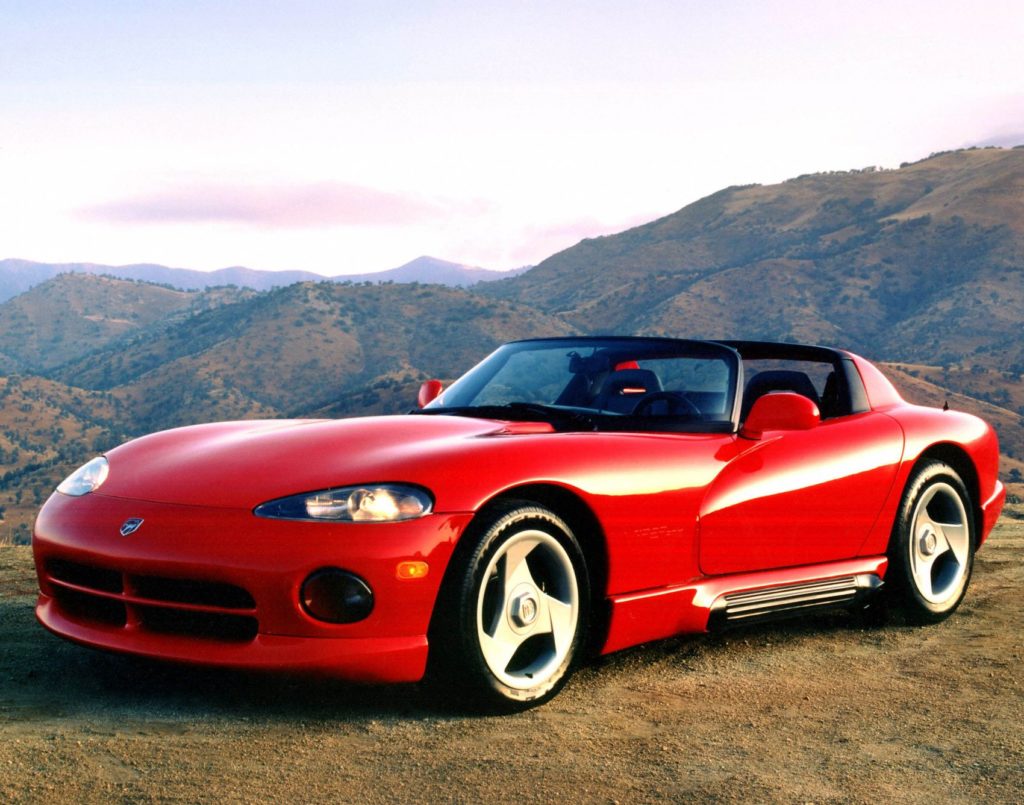
Dodge Viper: One Rare Bird
In 1989, for their 75th anniversary, Dodge debuted the Viper Concept at the North American International Auto Show in Detroit. At the Indy 500 in 1991, a pre-production Viper, driven by Carroll Shelby, served as the pace car that year for The Greatest Spectacle In Racing. A year later in 1992, the Viper slithered its way onto the market. The 8.0-liter V10 supplied 400 horsepower and was connected to a six-seed manual.
According to Hagerty, Gen Xers and millennials comprise 64 percent of the company’s quotes on the Dodge Viper. As new collectors are inevitably drawn to Dodge’s iconic performance car, it’s the early Vipers that are most prized. “The outlandish design has aged well, and attrition has worked in the Viper’s favor, meaning there aren’t a lot of good ones left,” Webster said.
As the Viper was swallowing its competition, Dodge’s commercials were boldly declaring the brand as one that broke the rules, and built machines more in “harmony with humanity.” Edward Herrmann’s smooth voice filtered over a sea of red Dodge vehicles, the Viper being the unmistakable centerpiece. Dodge was on a roll, with cars like the Intrepid in 1993, the Neon two years later, and the Caravan going on a decade strong by the time 1994 arrived. As fears of Y2K soared, and the century came to a close, the Durango was helping spark America’s fascination with the SUV.
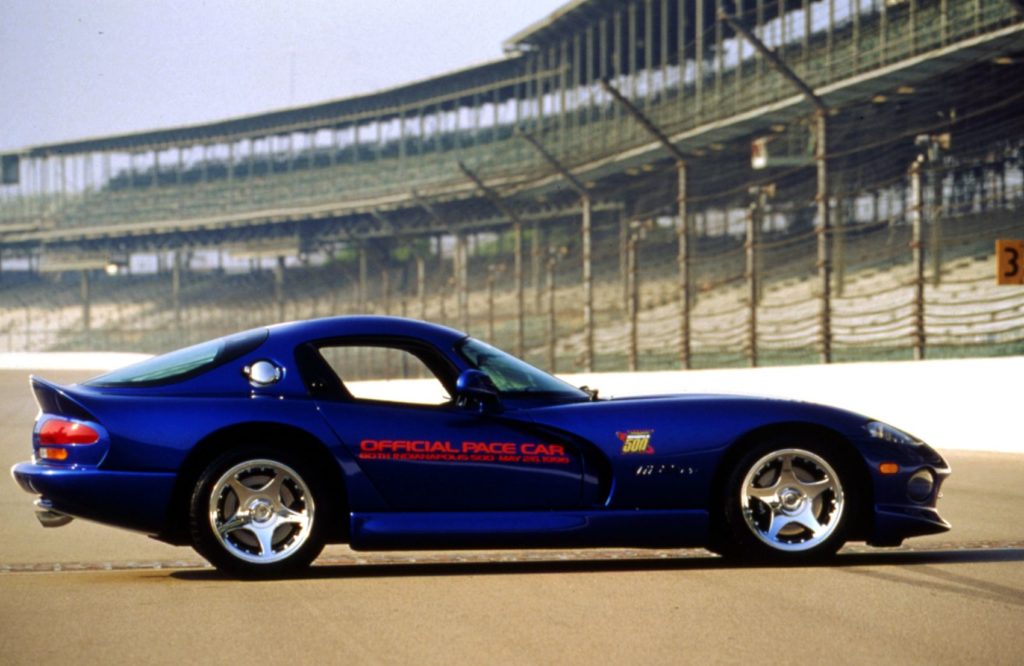
The Dodge Viper Holds a Special Place
Great as those vehicles were (my parents had a Caravan!), they were not exactly poster worthy. My classmates and I did not yet understand the concepts of “family-friendly” and “budget-minded,” so we remained happily stricken with Viper fever. During a book fair one year at school, a car book they were selling had a tear-out poster of a Viper.
My friends and I literally went nuts. The moment I got home, I slapped a gob of Sticky Tack on each corner of that poster and hung it above my bed.
“For me, it can be a stretch to think of any vehicles from the 21st century as belonging on the Bull List. But for Gen Xers and millennials, these are the very cars which were on posters in their bedrooms, like ‘60s muscle cars were for my generation,” Reina said. “So, it makes sense that, as this group moves into adulthood, the vehicles of the last 20 years become the vehicles they covet.”
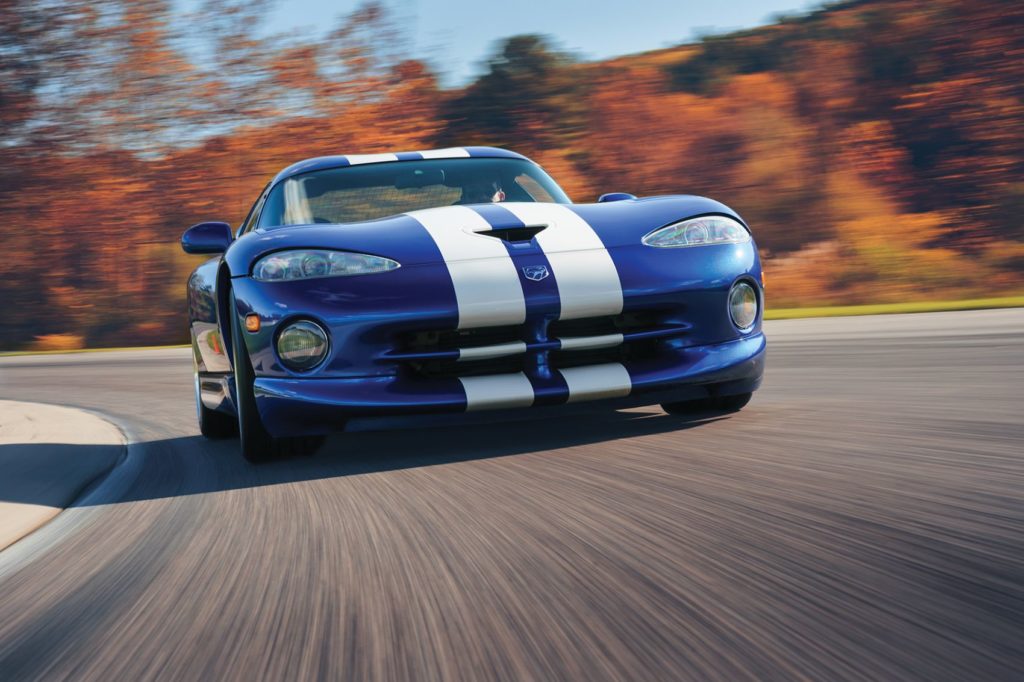
Acura Integra Type R: Factory Fantastic!
Similar to the Dodge Viper, Hagerty says the Acura Integra Type R is immensely popular with millennials. “Although front drive is generally shunned, the Type R is widely considered the best-handling front-driver of all time,” Webster said of the car, added to Hagerty’s price guide just three years ago. However, like the Viper, Webster notes that Type Rs are super rare and hard to find in good shape.
When it debuted in 1997, the Acura Integra Type R looked the business and hauled the mail. From the factory, the Type R’s B18C5 engine was already heavily modified. Hand-ported heads, thinner valves and special springs, more robust connecting rods, and a slew of other upgrades sent the Type R to an impressive 8,400 redline.
To handle the extra power, the Type R’s chassis included extra welds and an under-hood strut bar. The suspension and brakes were specific to the Type R at the time.
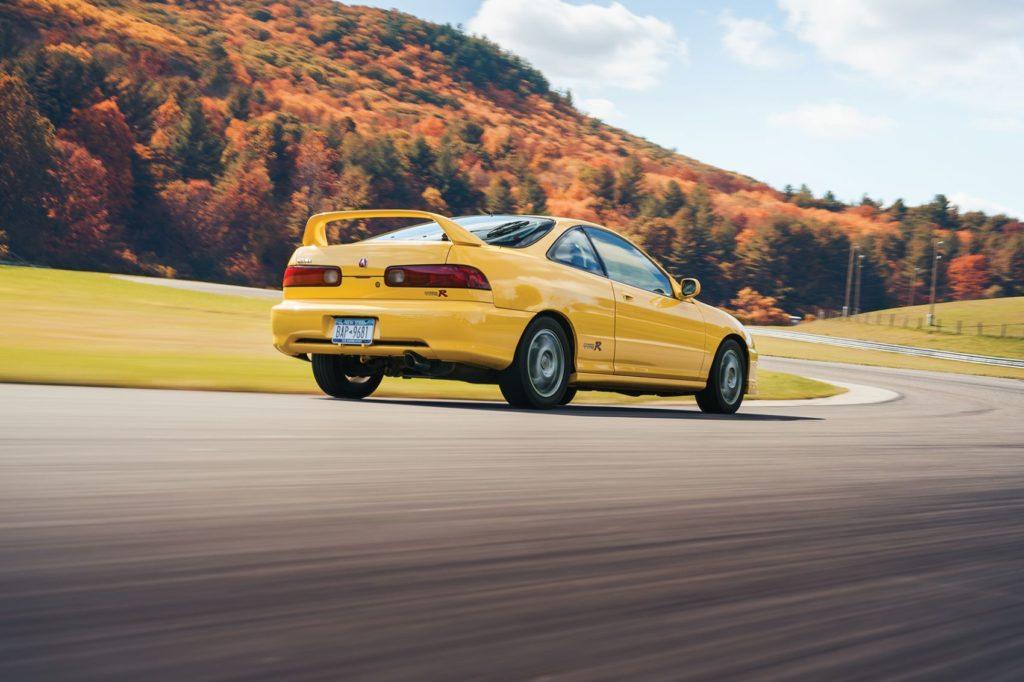
Movies & Video Games Play a Role
As I was entering adulthood, two films really spoke to my inner car guy: the 2000 remake of Gone in 60 Seconds and The Fast and the Furious a year later in 2001. The latter boosted the appeal of Japanese sports cars for my generation, while the former had a beautiful Shelby Mustang named Eleanor. (And that amazing Hummer scene in which DMX provides the soundtrack).
For Gen Xers and older millennials who gravitated towards films like The Fast and the Furious, owning an Acura Integra Type R is a bit of a dream come true. “These enthusiasts have also been influenced by spending years playing video games such as Gran Turismo,” Webster added. “This introduced them to performance cars that are only now becoming collectible.”
“The car culture is alive and well, even if the interest points are shifting,” Guarino said. “Cars like the Acura may not be what we immediately know as classics, but history has proven that it regularly rewrites itself.”
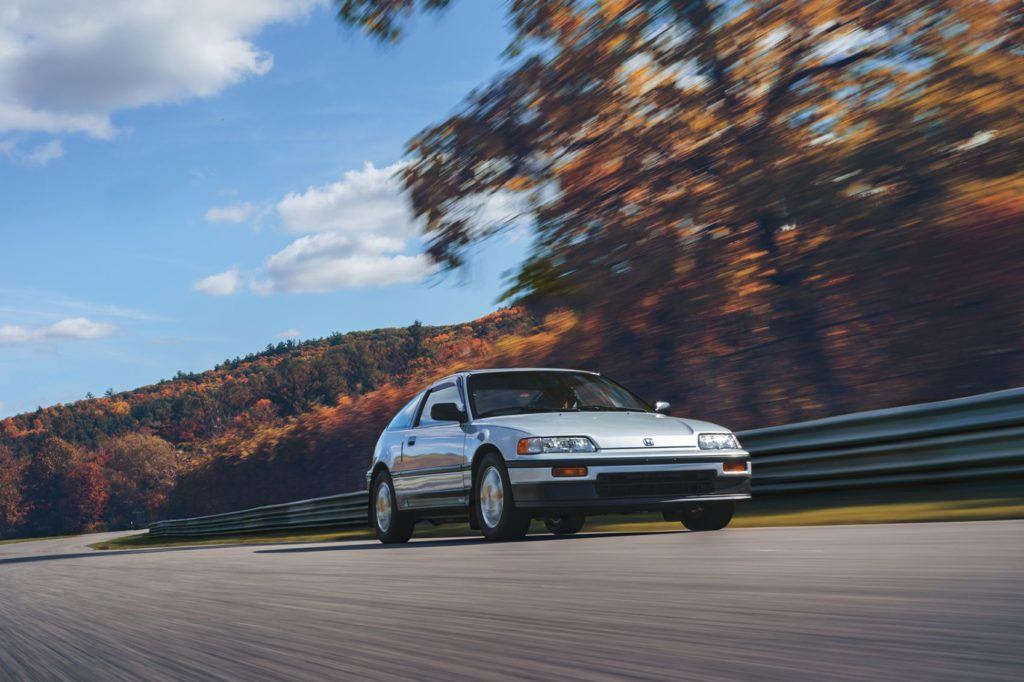
A Different Type of Performance
Joining the Acura Integra Type R on Hagerty’s Bull List is the Honda CRX Si, a car that helped the Japanese automaker crack the American market. Although a mere 91 horsepower, the benchmark wasn’t how fast this Honda could hit 60, but rather how far it went on a tank of gas. “Performance is a relative word, which is how we get the Viper and the Civic Si on the same list,” Reina said. “Both are performance standouts in their respective class.”
The Honda CRX Si had affordability written into its DNA. When it debuted in 1986, the starting MSRP was $7,999, about $19,000 today when adjusting for inflation. The hatchback CRX Si was gentle on gas, sipping away to the tune of 26 in the city and 30 on the highway. A series of sensors assisted the car’s computer in handling what Honda called “timed-sequential, multi-port programmed fuel injection.”
While Honda meant “timed” from an engineering sense, the technology was well-timed for another reason.

High Energy & Housing Bubbles
By 1980, Americans needed to work 105 minutes on average to buy the gas necessary to travel 100 miles, Beth Ann Bovino, U.S. Chief Economist at Standard & Poor’s Ratings Services, told CNN Money in 2008. That CNN Money report references the climbing energy prices of the 1980s, just as the housing bubble was coming to the forefront and Detroit’s Big Three loomed on the edge of bankruptcy.
While it’s a conversation for another time, there is reason for concern as the Detroit Three continually (and seemingly only) focus on trucks and SUVs. If gasoline spikes again, what will happen? As the wealth gap grows and the planet becomes warmer, what is the shelf life, realistically, for the large SUV as we know it? What will the long-term buying habits of generations Z and Alpha be, especially the latter who are more likely to grow up with millennial parents struggling to pay the rent. How will things like corporate social responsibility and environmental stewardship factor into their buying decisions?
That’s a lot to unpack, and I don’t have the answer. However, it’s worth considering that small cars, like the Honda Civic, both then and now, register with buyers based on their overall affordability. And affordable doesn’t necessarily mean boring either.
“As one of the first front-wheel drive sporting Japanese cars to get widespread recognition from enthusiasts, they are symbolic of the golden age of Honda: quick and go-kart-like and able to make any drive fun,” Webster said. “The inclusion of two front-wheel drive vehicles on our list, the Acura Integra Type R and the Honda CRX Si, demonstrates that younger collectors embrace front-wheel drive equally with traditional rear-wheel drive vehicles.”
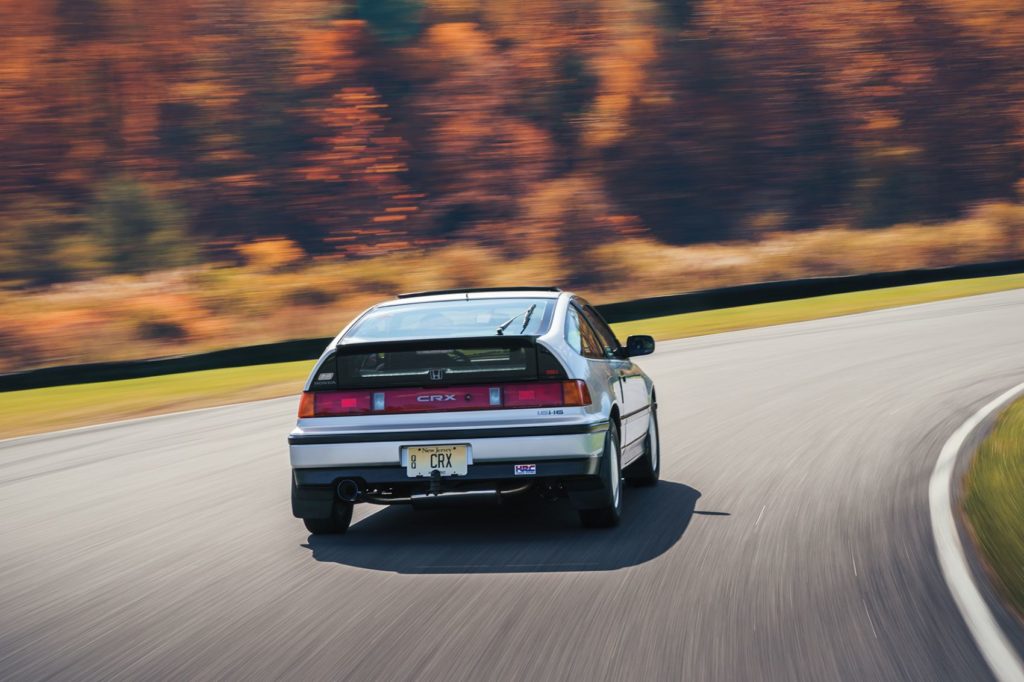
New Waves & Changing Tides
In a similar study last year, Hagerty found that while American muscle cars enjoy a shared popularity among all generations, there are some fundamental differences between age groups concerning different vehicles. For example, the Ford Model A, which replaced the long-standing Model T, is the most popular car for pre-boomers born before 1946. Among millennials, however, the vehicle Edsel Ford himself championed falls to 38th place.
Guarino tells the story of a friend who picked up a Model A show car, complete with all the awards, for under $10,000 at the auction. “As the population ages out, those things filter down,” he said. “We know that Model As and 32 Highboys were at the top of the heap at one time; and that Cords and Duesenbergs were unobtanium for collectors, but now you can pick these up an at auction. History has shown that each generation embraces different cars but they also shun certain ones from the past.”
“As baby boomers head for the great car show in the sky, their heirs show little interest in daddy’s collections,” Reina said. “Some interesting estate cars have recently come up for sale.”
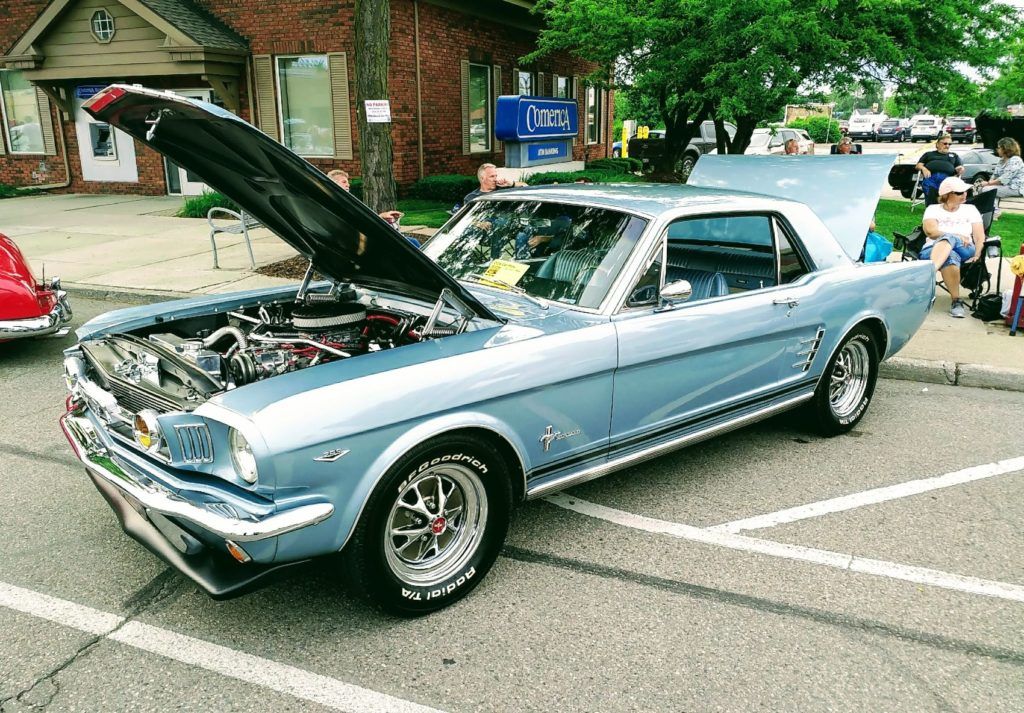
The Road Ahead
Hagerty’s 2020 Bull Market List shows that, at least for my generation, the dream of owning “that car one day” is alive and well. The cars being sought have certainly changed, but the underlying reason remains the same. At the end of the day, owning and driving your dream car is just really cool; whether that’s a vintage Ford from the Roaring Twenties; a beastly Camaro from the late 60s; a fuel-sipping, front-wheel drive Honda from the 80s; or a sleek Integra Type R from the early 2000s.
At some point, it’s all the same. The love of cars is universal. And car people will always – no matter what – find a way to express that love.
“Family-friendly events like rallies, cruise nights, and Cars & Coffee will grow, meaning that collectors will keep their vehicles in good condition, and will drive them,” Reina said. “As automotive autonomy slowly but surely expands, those who love to drive will look for every excuse to do so.”
“People are still obsessed with cars and engage in the car culture through various ways,” Webster added. “That passion for the automobile is still very strong across America and across all age groups.”
Carl Anthony is Managing Editor of Automoblog and a member of the Midwest Automotive Media Association and the Society of Automotive Historians. He serves on the board of directors for the Ally Jolie Baldwin Foundation, is a past president of Detroit Working Writers, and a loyal Detroit Lions fan.
Cover Photo: Dean Smith.
Original article: What Counts as a Collector Car? Gen Xers & Millennials Have Some Ideas
from Automoblog https://ift.tt/3cGELxX
No comments:
Post a Comment